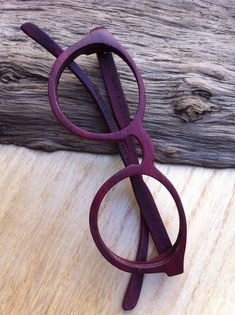
Best Disease
- PM Opticals

- May 7, 2021
- 1 min read
What is Best Disease? Best disease, also known as vitelliform macular dystrophy, is an inherited retinal disease causing macular degeneration. The retina is a thin piece of tissue lining the back of the eye. Rod and cone photoreceptors in the retina convert light into electrical signals that the brain interprets as vision. Best disease affects the macula, the central part of the retina, and is characterized by loss of central vision, as well as the ability to perceive colors and details.
Symptoms Although the age of onset for those with Best disease can vary, it is usually diagnosed during childhood or adolescence. In the initial stages, a bright yellow cyst (fluid-filled sac) forms under the retinal pigment epithelium (RPE) beneath the macula. The RPE is a layer of cells that provides support for photoreceptors. Upon examination by an eye doctor, the cyst looks like a sunny-side-up egg. Despite the presence of the cyst, visual acuity may remain normal or near normal for many years. Peripheral (side) vision usually remains unaffected. In many individuals with Best disease, the cyst eventually ruptures. Fluid and yellow deposits from the ruptured cyst spread throughout the macula. At this point the macula has a scrambled egg appearance. Once the cyst ruptures, the macula and the RPE begin to atrophy (degenerate) causing further vision loss.





Comments